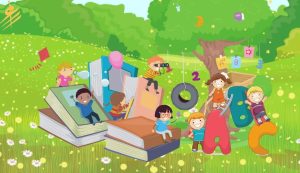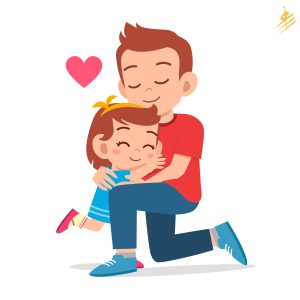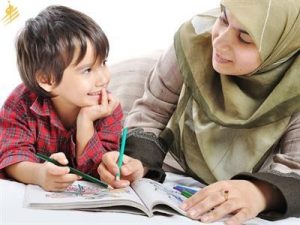The arts of modifying the child’s behavior are diverse, which every mother wants to get to know and to learn how to deal with an unpolite child, or dealing with an aggressive child and in this matter, the process of building the child’s personality effectively and remarkably, which results in increasing the child’s self-confidence and strengthening the child’s personality significantly in front of everyone, but the mother is confused in some cases what to offer or take from the principles to activate her role and support her child, which is the vital role required of her as a mother and respectful educator in society which has her own vision, so we will provide you with ideas for activities for your child that help you learn the arts of modifying the child’s behavior, so follow us for more benefit.
What is behavior modification and its types?
The arts of modifying the child’s behavior refers to the process of changing unwanted behaviors in the child in positive and constructive ways, this is done by directing the child towards the right behaviors and reinforcing them, identifying negative behaviors and directing the child towards avoiding them.
Types of modification
- Learned behavior stems from an individual’s understanding, awareness and learning.
- Phenotypic behavior manifests itself in the form of verbal expressions, movements and gestures.
- Internal behavior relates to mental processes such as thinking, remembering, cognition and others.
- Individual behavior through which the individual aims to achieve adaptation and social compatibility.
Stages of modifying the child’s behavior
Studies and research confirm that the process of modifying the child’s behavior goes through several stages, it is not a simple process, as change in children’s behavior requires patience, attention and continuous follow-up, the stages of behavior modification for children can be divided into the following:
- Precontemplation: At this stage, the child does not show interest in changing his wrong behavior and may not even realize his presence.
- Contemplation: At this stage, the child begins to think about changing his wrong behavior and what this can lead to.
- Preparation: At this stage, the child begins planning for the implementation of the change and prepares to take the necessary steps.
- Implementation (Action) Phase: At this stage, the child begins to implement the steps he put in preparation for changing his behavior.
- Maintenance stage: After changing behavior, the child works to maintain and stabilize the new behavior as part of his daily life.
- Generalization stage: At this stage, the child begins to apply the new behavior in a context and situations different from those in which the behavior has been modified.
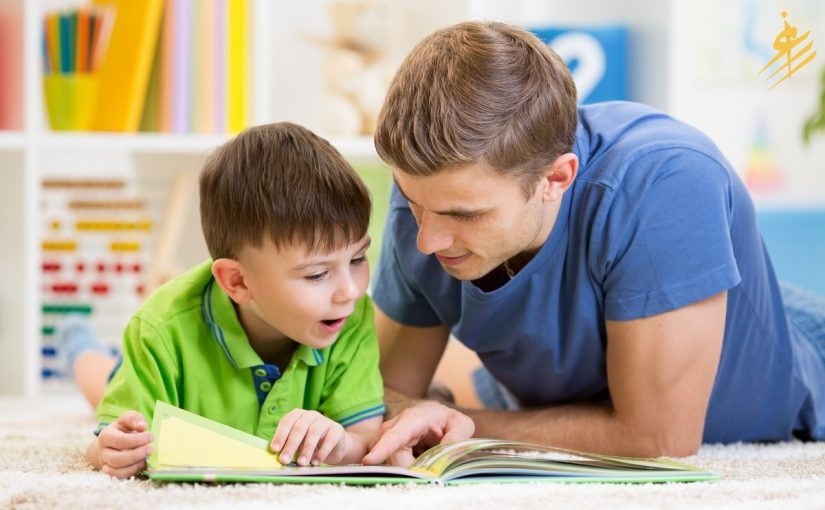
Examples of behavior modification programs
The effectiveness of the arts of modifying the child’s behavior depends on programs related to clarity, identification and correct implementation of therapeutic steps and examples of these programs that depend on the ideas of activities for your child are distinctive:
- Behavior modification program for the treatment of attention deficit associated with excessive motor activity.
- Behavior modification software for a child who utters obscene words.
- Behavior modification program for a child who performs violent and aggressive acts.
When does behavior modification begin in children?
The process of behavior modification in children can be done as follows:
In different stages of childhood, it is possible to start using multiple methods to modify behavior and these stages include:
- Early childhood stage (2-5 years): At this stage, the child’s basic personality is formed and it is considered a crucial period in building his future skills, in addition to establishing the correct behaviors at this stage that can help the child acquire social and psychological skills that help him in his later life and enhance his positive interaction with others.
- Childhood in primary school: Children at this stage begin to build more social relationships with their classmates and teachers, it is necessary to guide them using appropriate behavior modification techniques to help them build strong personalities capable of dealing with new challenges.
- Adolescence stage: At this stage, rebellion and disregard for the rules appear increasingly, dealing with adolescents requires firmness and calmness, while encouraging them to think about their actions and feelings with respect and appreciation and it can be a positive role model for them.
- It is advisable to deal with children in the stages of behavior modification patiently and positively and communicate with them effectively, in addition to the use of experts who can provide appropriate guidance and tailored to the situation of each child.
You can also read about: The challenge of 30-days of behavior modification plan.
General objectives of behavior modification for the child
Behavior modification is based on a set of key objectives, including:
- Helping the individual acquire new behaviors .
- The modification aims to help the individual acquire new and positive behaviors that may not have been available to him previously.
- It aims to encourage the individual to follow socially acceptable behaviors, and help him get rid of unacceptable behaviors.
- It seeks to give the individual the opportunity to adapt to the social and school environment around him, by enhancing his social skills and teaching him how to interact effectively with others.
- It seeks to eliminate feelings of fear, anxiety and frustration in the individual, by providing the psychological support and guidance necessary for him to overcome these negative feelings.
- These goals constitute an important framework used in directing and designing programs and methods to achieve the required modification in behavior.
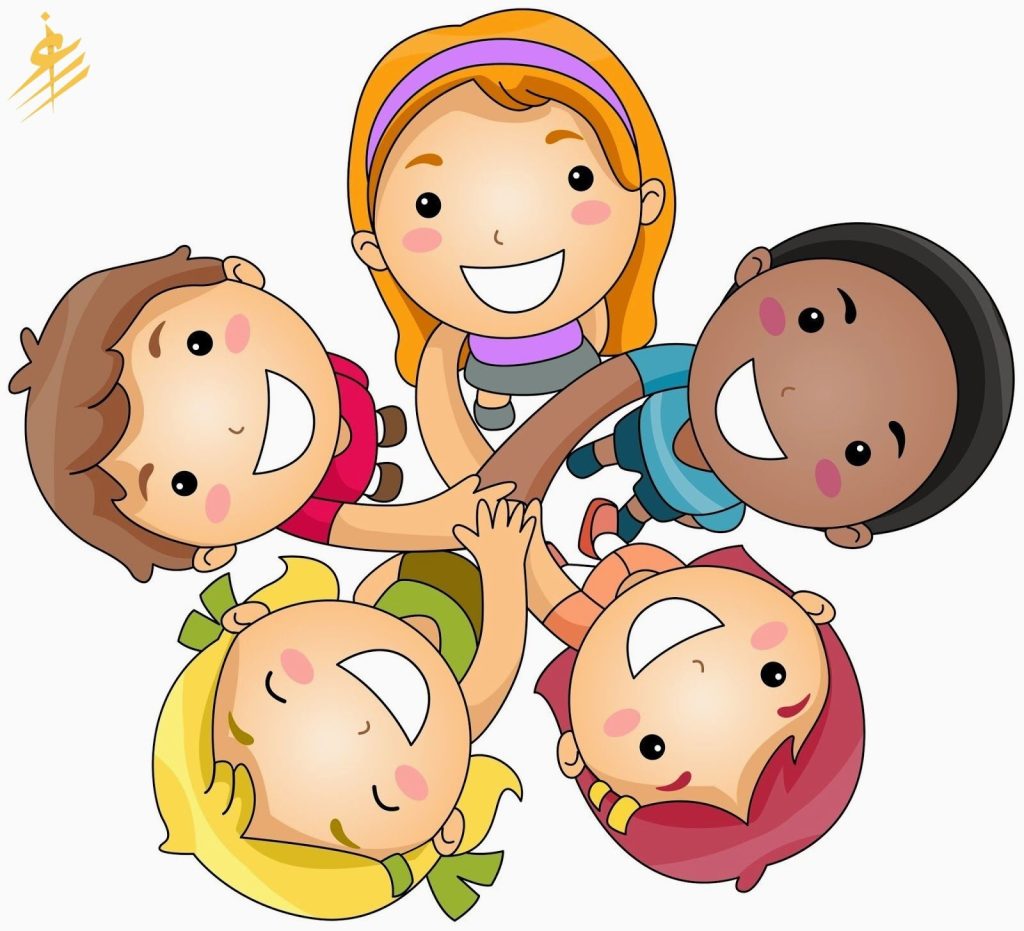
Ways to modify children’s behaviors
Modifying children’s behavior is to provide an encouraging environment for their growth, where they grow up with healthy behavior that takes a form together, which makes them avoid screaming, scolding and beating, these are not the qualities required in a good parenting environment for a child with good behavior, and here are the best ways to modify children’s behavior:
- Thanks: Words of thanks are a valuable way to modify children’s behavior; when you praise a positive action by your child, it reinforces his positive behavior and makes him do more.
- Ignoring unwanted behaviors: children learn from their mistakes, so a distinction must be made between wrong behavior and wrong transient behavior and ignoring unwanted behaviors can encourage the child to behave better.
- Learning to bear the consequences: Children must learn to bear the consequences of their actions, by facing the consequences of their wrong behavior, which enhances their self-discipline and gives them deep lessons in life.
- Incentives and rewards: Incentives and rewards can be used to encourage positive behavior, where obtaining a direct or indirect reward becomes a strong incentive to continue the correct behavior, using these methods parents can modify children’s behavior in an effective and positive way, which contributes to the development of their personalities in a sound and balanced manner.
- Note When your child commits wrong behavior, you may hear the word “forgot”, which is common in children who forget instructions easily, so they constantly need to be reminded, and this should be done gently and patiently.
- The art of negotiation: Bargaining with your child is an essential part of raising him, but you must set red lines that cannot be crossed, and you can compromise on unimportant things such as playing or watching TV.
- Withdrawal of privileges: This method of modifying children’s behavior is a good opportunity to prevent the recurrence of bad behavior, as the child must associate the loss of privilege with the wrong behavior.
- Speech reduction: Repeated negative comments on the child’s behaviors will not be effective, but may increase his stubbornness and wrong behavior, so this method should be avoided.
- Set up family meetings: Family meetings provide the opportunity to set the rules of the house, provided that the mother is in a good mood and not stressed and these meetings allow to open dialogue and provide opinion in a fair and equitable manner.
The famous rule of discipline for children
Building our grandmothers’ rule of discipline, which considers things incentives rather than focusing on negative outcomes, is one of the best ways to encourage compliance with what you ask of your children.
Kids feel like they have some control, so instead of saying “you can’t play the video game because you didn’t clean your room,” you can express it like this: “You can play the video game once you’ve cleaned your room.”
Behavior modification using playing method?
Behavior modification through playing therapy is one of the psychotherapeutic methods used to improve the child’s behavior, which falls within the list of arts of modifying the child’s behavior, as this type of therapy promotes the use of the child’s fantasies and play symbols that he interacts with, allowing him to express his thoughts and feelings in a natural way without the need for direct speech.
This approach is effective in addressing problems such as tantrums and aggressive behaviors, as well as a wide range of other problems that children can face.
How behavior modification works by playing
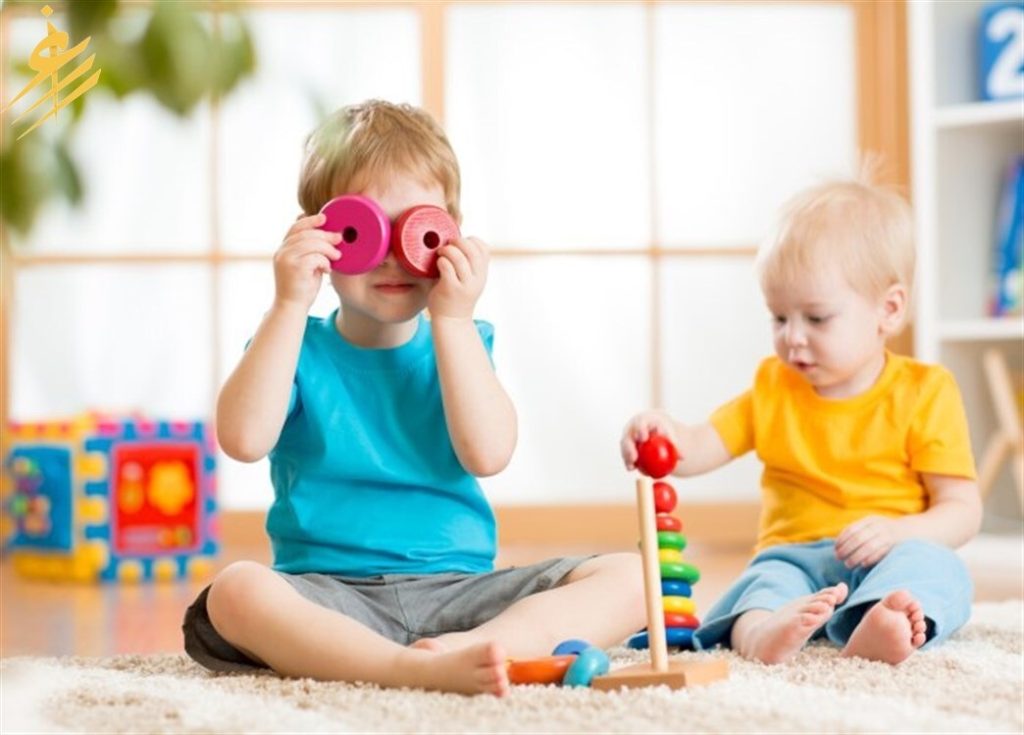
How play therapy works includes the following steps:
- Monitor inappropriate behavior in children as a result of unexpected personal problems.
- Visit the doctor or therapist to get a diagnosis and psychological counseling for the child, and then determine the most effective type of treatment, whether individual or group.
- Create a comfortable and safe environment by the therapist so that the child can play freely while reducing restrictions.
- Understand specific thoughts or feelings that a child experiences that may be difficult for him or her to express verbally.
- Directing the child’s play so that it serves the challenges or issues he faces.
- Manage the therapy session with play, which usually lasts for 30 to 45 minutes.
Objectives of behavior modification by playing method
The goal of play therapy is to:
- Promote a sense of responsibility and maturity in behavior.
- Develop effective strategies to deal with concerns and challenges.
- Develop creative and unique solutions to various problems.
- Promote self-understanding and respect, as well as understanding and respect for others.
- Teach proper ways to express feelings and emotions.
- Promote empathy and understanding towards the feelings and needs of others.
Types of behavior modification by playing method
Play therapy is characterized by the presence of two main types:
- Guiding therapy: includes guiding the child and guiding him in using games to express his feelings and develop his social skills.
- Non-Guiding Therapy: Allows the child the freedom to play in an unrestricted environment, with limited intervention from the therapist to guide the child’s expression process.
Play therapy is aimed at treating a variety of disorders, including:
- Autism spectrum disorders.
- Attention deficit hyperactivity disorder (ADHD).
- Depression and anxiety disorders.
- Trauma and post-traumatic.
- Physical or emotional abuse.
- Grief and loss.
- Obsessions and mood disorders.
Benefits of Play Therapy
- Help children express their feelings and communicate in non-verbal ways.
- Create a comfortable and safe environment that allows the child to express himself freely.
- Improve communication and emotional expression skills.
- Promote respect and understanding for the feelings of others.
- Develop strategies for dealing with problems and solving them.
- Reduce stress and boredom and improve the general condition of the child.
The importance of behavior modification in communication with the child
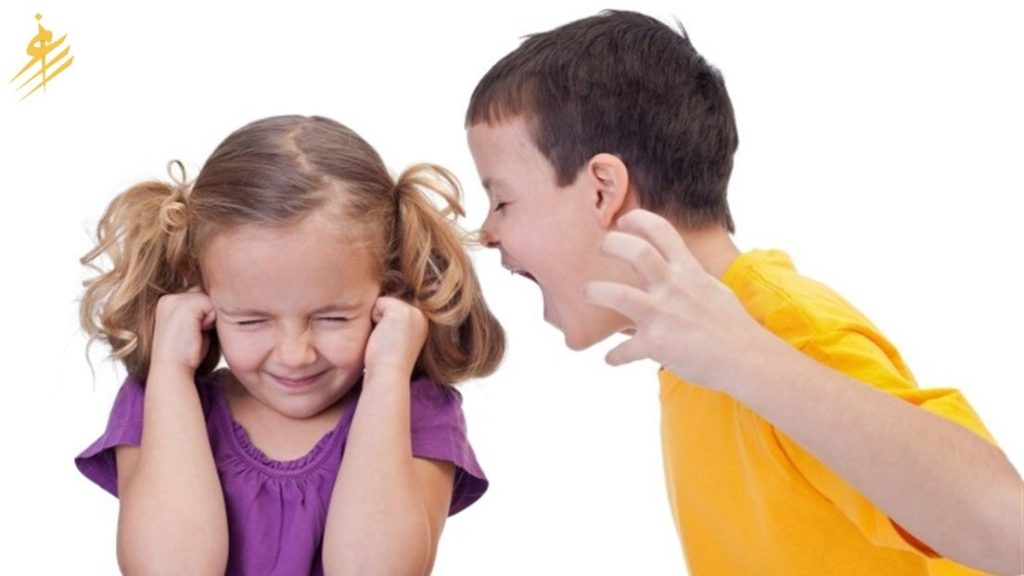
Communication with the child contributes to the development of connections between neurons in the child’s brain, leading to the enhancement of key areas in his life, such as learning, social development, emotional and memory development, the communication process is an important tool to promote the healthy development of children, especially for those who have gone through trauma or stressful events.
The effectiveness of behavior modification by communicating and problem-solving is evident in children between the ages of 3 and 12, but this strategy can be used in the treatment of adults with certain cognitive impairments, and it can have a positive effect on infants through early intervention.
The effect of ignoring children’s wrong behaviors
Ignoring children’s wrong behaviors can have several risks and negative effects, including:
- Not interfering with children’s wrong behaviors may exacerbate these behaviors over time, as the child can feel that the wrong behavior is acceptable or unimportant.
- If a child is not directed toward correct behaviors, they may develop a wrong behavioral pattern that affects their future social and emotional development.
- Children’s wrong behaviors may lead to deterioration of relationships with peers and adults, as the child may be excluded from society or subjected to constant criticism.
- Ignoring children’s wrong behaviors can have a negative impact on their mental health, as they can feel frustrated or depressed as a result of not understanding and guidance.
- In some cases, ignoring children’s wrong behaviors may increase the likelihood that they will drift into crime or other social risks.
- Adults should be cautious and attentive to children’s behaviors and intervene effectively to guide them towards the right behaviors and help build their personalities positively.
The impact of stories related to the good behavior on the child
Children’s good behavior stories have a great impact on their personal and social growth and development, and here are some of the positive effects that emanate from the mother’s narration of a number of good behavior stories on the child:
- Promoting positive values When setting good examples and positive values through stories of good behavior reinforce ideal values such as honesty, friendship, help, courage and integrity.
- Stories of good behavior can help children understand how to treat others with kindness and respect and how to interact positively in society.
- Promote empathy and understanding through good behavior stories, in which children can better develop the feelings of others and increase the level of empathy and understanding towards them.
- Stories of good behavior can inspire children to adopt positive behaviors and share them in their daily lives.
- Good behavior stories foster imagination and creativity in children, as they imagine themselves in different situations and are inspired by innovative solutions to challenges.
- Good behavior stories can boost children’s self-confidence, as they feel proud to emulate or imitate heroes who behave in a positive way.
- Good behavior stories are a powerful tool to promote children’s personal and social development, and contribute to building strong foundations for their future personalities.
How a child defends himself
Teaching a child how to defend himself is an important part of developing his personal and social skills and modifying his behavior in life in general, and here are some ways that can be used to teach the child how to defend himself:
- Start by teaching the child basic concepts about personal rights and how to preserve them, explaining what it means to defend themselves in a gentle and age-appropriate way.
- Help the child build self-confidence by encouraging and paying tribute to their small achievements, and when the child is confident in himself, he will be more willing to defend himself.
- Teach the child how to express his feelings and communicate effectively when faced with difficult situations, and he must learn to use words calmly and respectfully without attacking others.
- Simulate some of the real-life social situations that the child may be facing, and give him guidance and advice on how to act in those situations.
- Teach the child the importance of respect and cooperation with others, and that self-defense does not mean behaving inappropriately or aggressively.
- Play periodic games with the child where situations are simulated in which he needs to defend himself positively and appropriately.
- Teach the child how to deal with bullying and violence in a safe way, such as seeking help from adults or staying away from the situation if necessary.
- At an advanced age, a child can be taught some martial arts suitable for emergency situations, such as how to deal with dangerous situations safely.
- It is important that the child is taught that self-defense requires wisdom, patience and calm thinking, and that he should use his strength and skills positively to solve problems rather than escalate conflicts.
The arts of modifying the child’s behavior is a great importance in raising them in a proper way and in protecting them from possible psychological and mental disorders in the future, this process includes several strategies that can be followed, such as the strategy of exclusion and modeling, and other strategies that are based on modifying the child’s behavior.
You can download jeras app from here, for more social, religious and educational articles.




